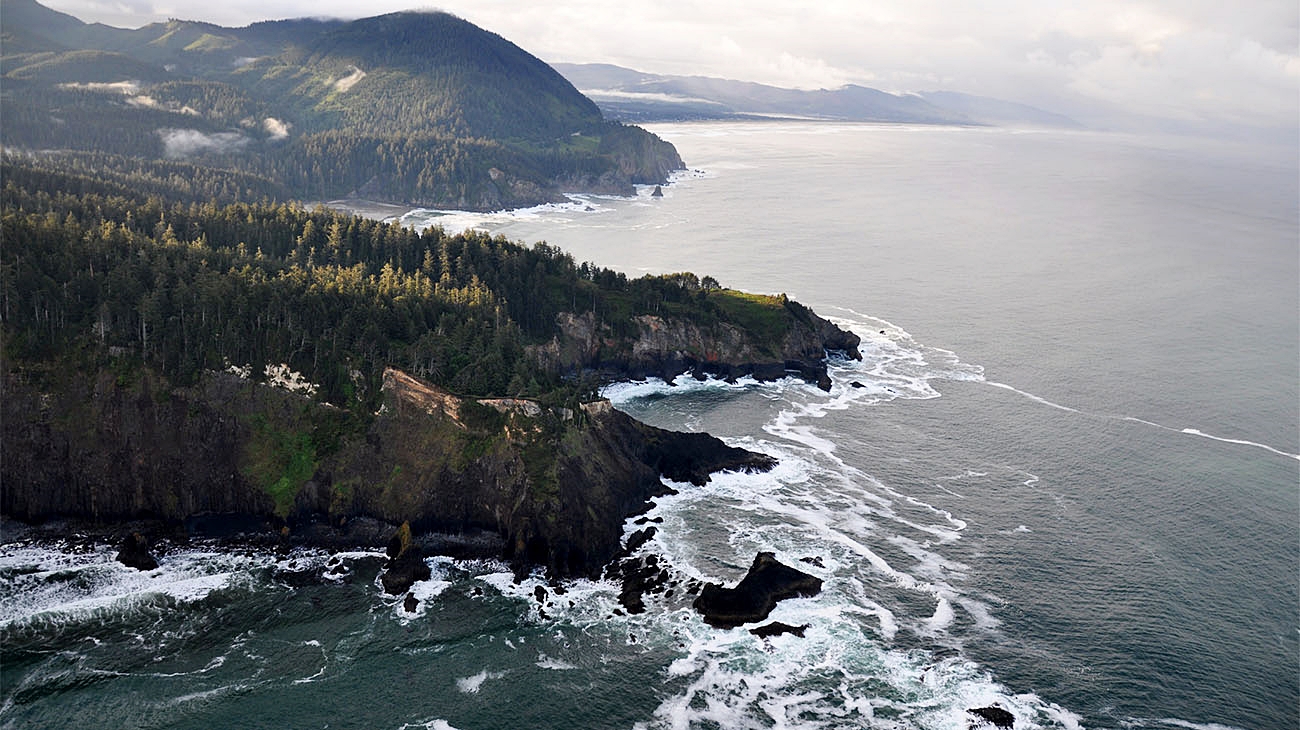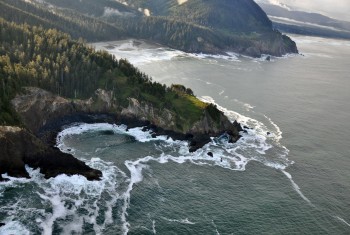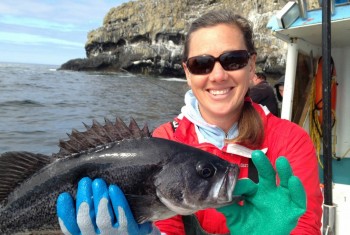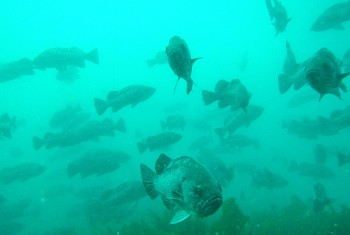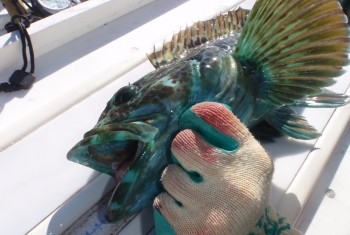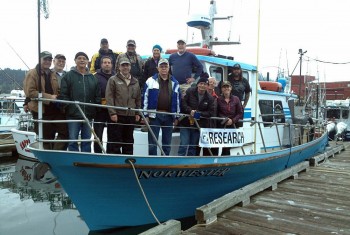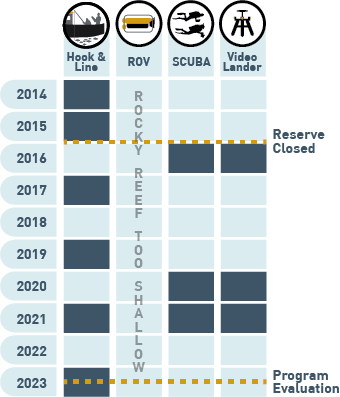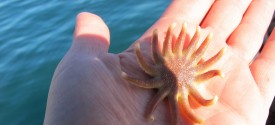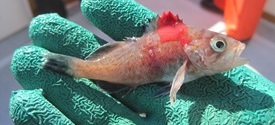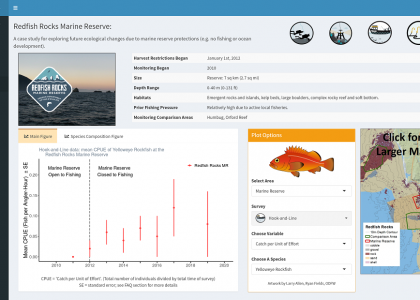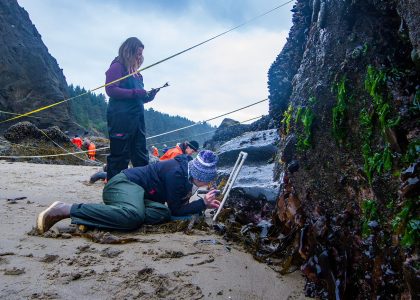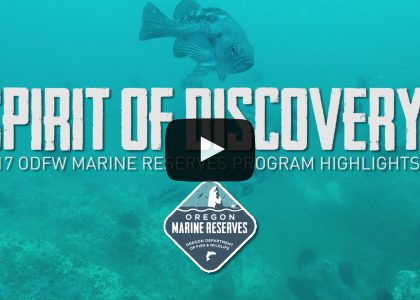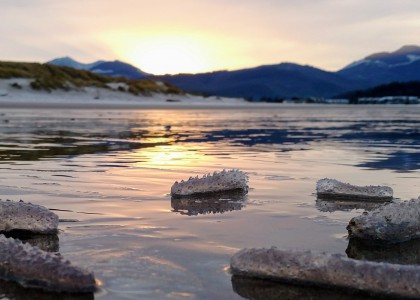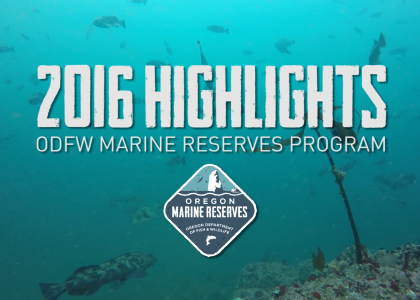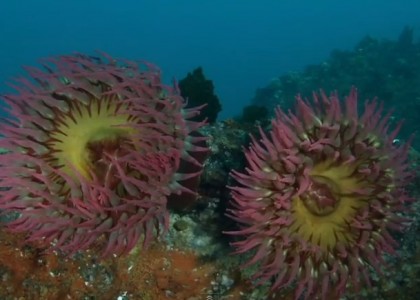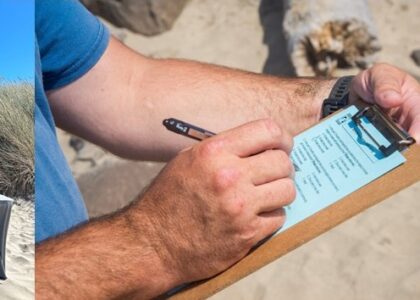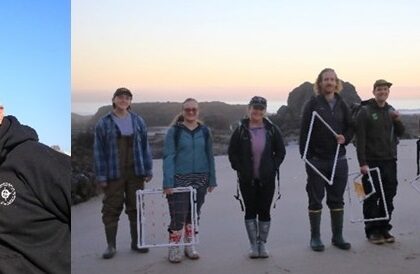The Cape Falcon Marine Reserve is located on the north coast, just off of Oswald West State Park, near the town of Manzanita. This is Oregon’s northernmost site and includes a marine reserve plus two MPAs. Explore more about the site here or check out the Cape Falcon Management Plan.
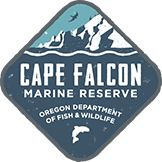
Marine Reserve
No take of animals or seaweeds. No ocean development.
MPA
No ocean development. Some fishing activities are allowed. See the site specific rules here.
What Makes Cape Falcon Unique
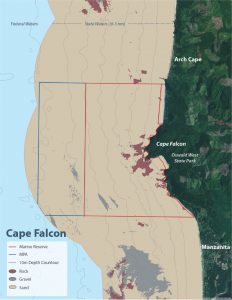
Beneath the Surface
At Cape Falcon the seafloor is dominated by sand providing ideal habitat for crabs and other animals that like soft bottom habitats. In shallower waters, the reserve has small isolated patches of rock where we find black rockfish, lingcod, kelp greenling, and buffalo sculpins. Along the shore, you’ll find rocky intertidal habitats to the north and south of Short Sand Beach where you can spot mussels and sea anemones attached to the rocks.
From Land
The marine reserve is located just offshore from the popular Oswald West State Park. Hiking trails atop the Cape provide views out over the reserve. Visitors enjoy beach walking, surfing and viewing seabirds and other wildlife from Short Sand Beach. Nearby towns and ports include Astoria, Warrenton, Seaside, Cannon Beach, Manzanita, and Garibaldi.
Planning a Visit?
For more Cape Falcon activities, including hikes and viewpoints, visit this activity guide to plan your trip.
| Harvest Restrictions Began | January 1, 2016 |
| Monitoring Began | 2014 |
| Size | Reserve: 32 sq km (12.4 sq mi) MPAs: 20 sq km (7.7 sq mi). |
| Depth Range | 0- 55 m (0-180 ft) |
| Habitats | Mostly soft sediment with isolated, shallow rocky reefs and rocky intertidal habitats. |
| Habitat Connectivity | Small, isolated, low-relief rocky reefs. |
| Prior Fishing Pressure | Relatively low, due to distance from ports and habitats present. |
| Monitoring Comparison Areas | Numerous small reefs spanning a gradient of fishing pressure. |
Design & Placement Matter
The ODFW Marine Reserves Program uses a variety of research tools to monitor marine reserves. We tailor which tools we use at the Cape Falcon site based on the site’s unique characteristics. The reserve’s size, habitats, and depths – as well as what fishing activities used to take place here – all play into determining which tools we use.
The Cape Falcon Marine Reserve is dominated by soft bottom habitats. The site also includes some small, low-relief, rock patches in shallower waters that are isolated from any other rocky habitat in the nearby area. Prior to closure, there was crabbing in sandy habitats, and infrequent fishing for groundfish in rocky habitats, within what is now the reserve. These characteristics – including the relatively low fishing pressure on groundfish that previously occurred at the site – means we will likely not see changes as a direct result from marine reserve protections (i.e. no fishing) in the reserve compared to areas still open to fishing.
Sampling Approach Due to the relatively low fishing pressure in the reserve prior to closure, our sampling approach is to survey a number of small rocky reefs that each experience different levels of fishing pressure. In this sampling approach, the rocky reefs in the reserve represent light fishing pressure. Patch reefs immediately to north and south of the reserve, and reefs closer to the port of Garibaldi, each represent higher levels of fishing pressure. We’ll look at change over time along this gradient of fishing pressures to explore how different levels of fishing influence rates of change in rocky reef marine communities.
